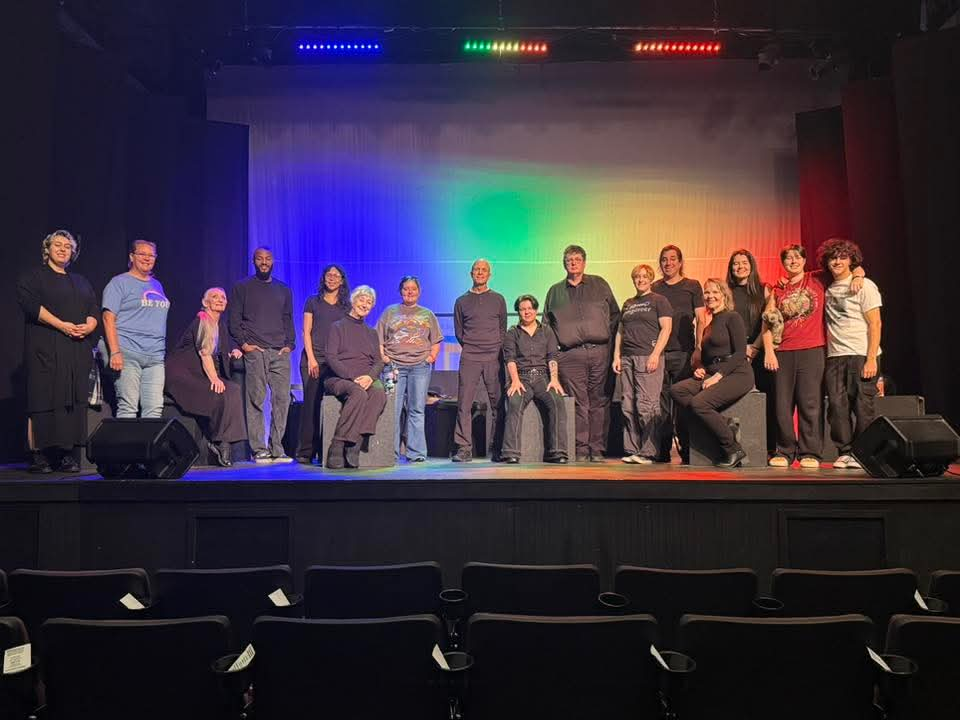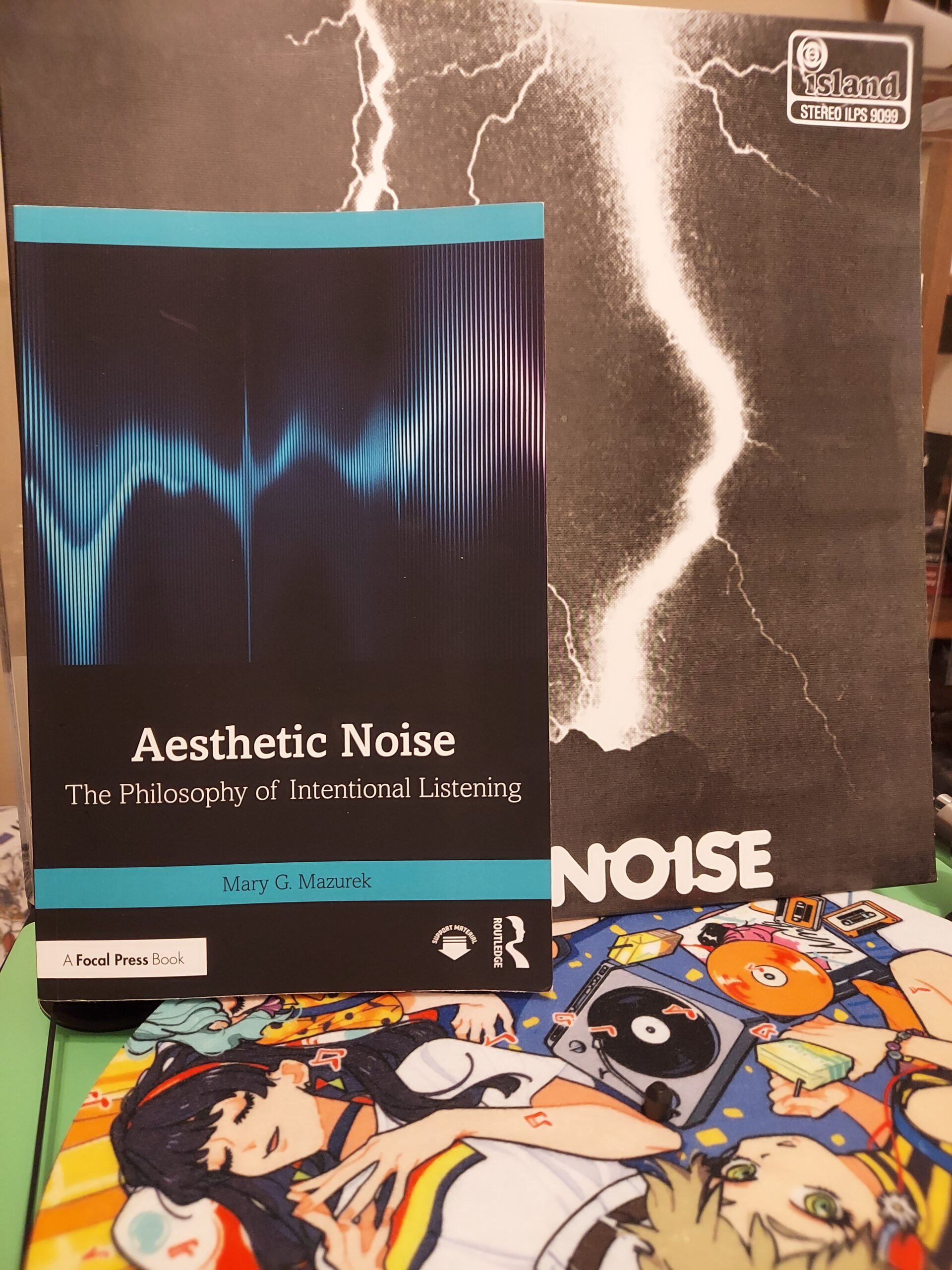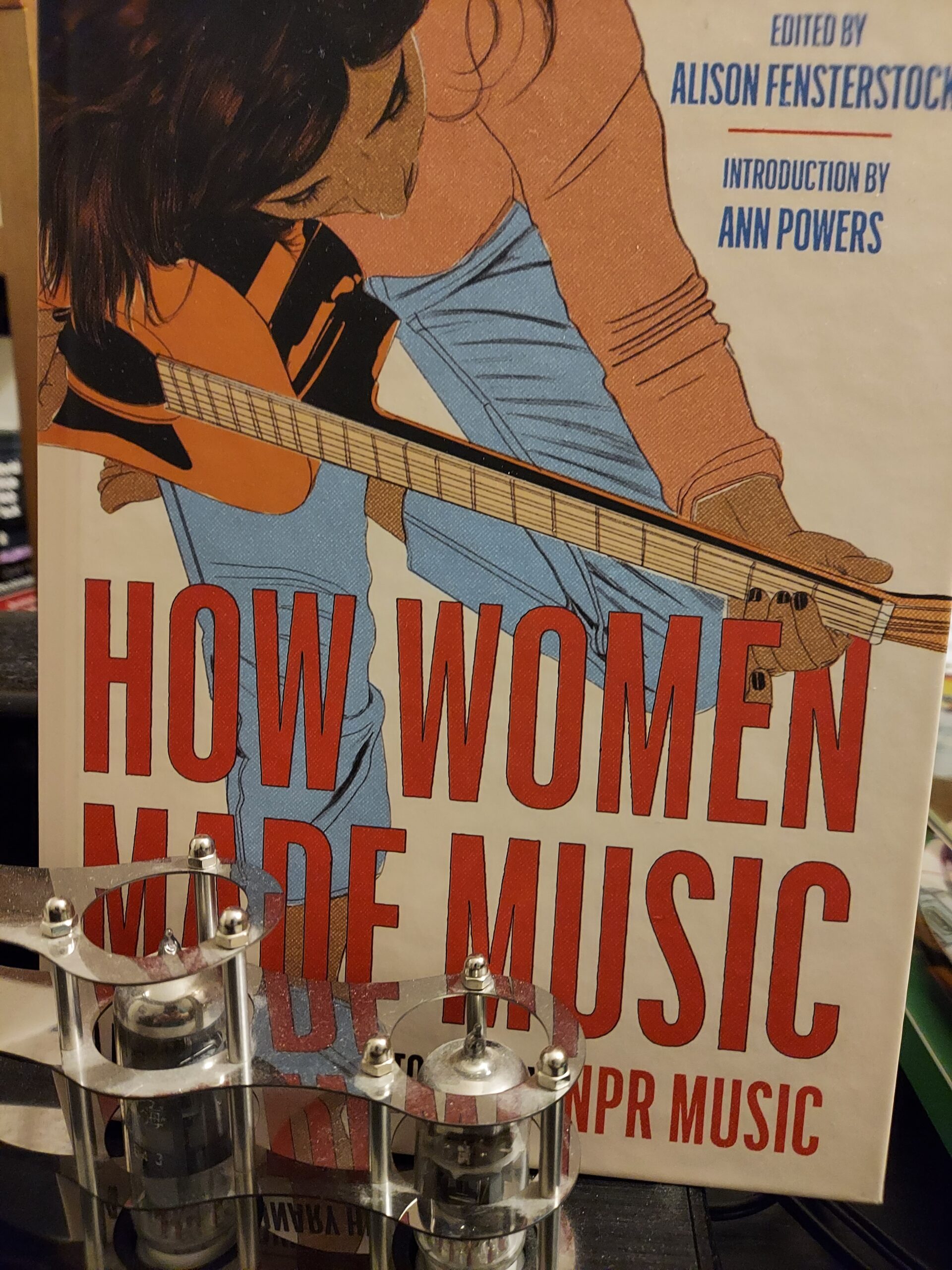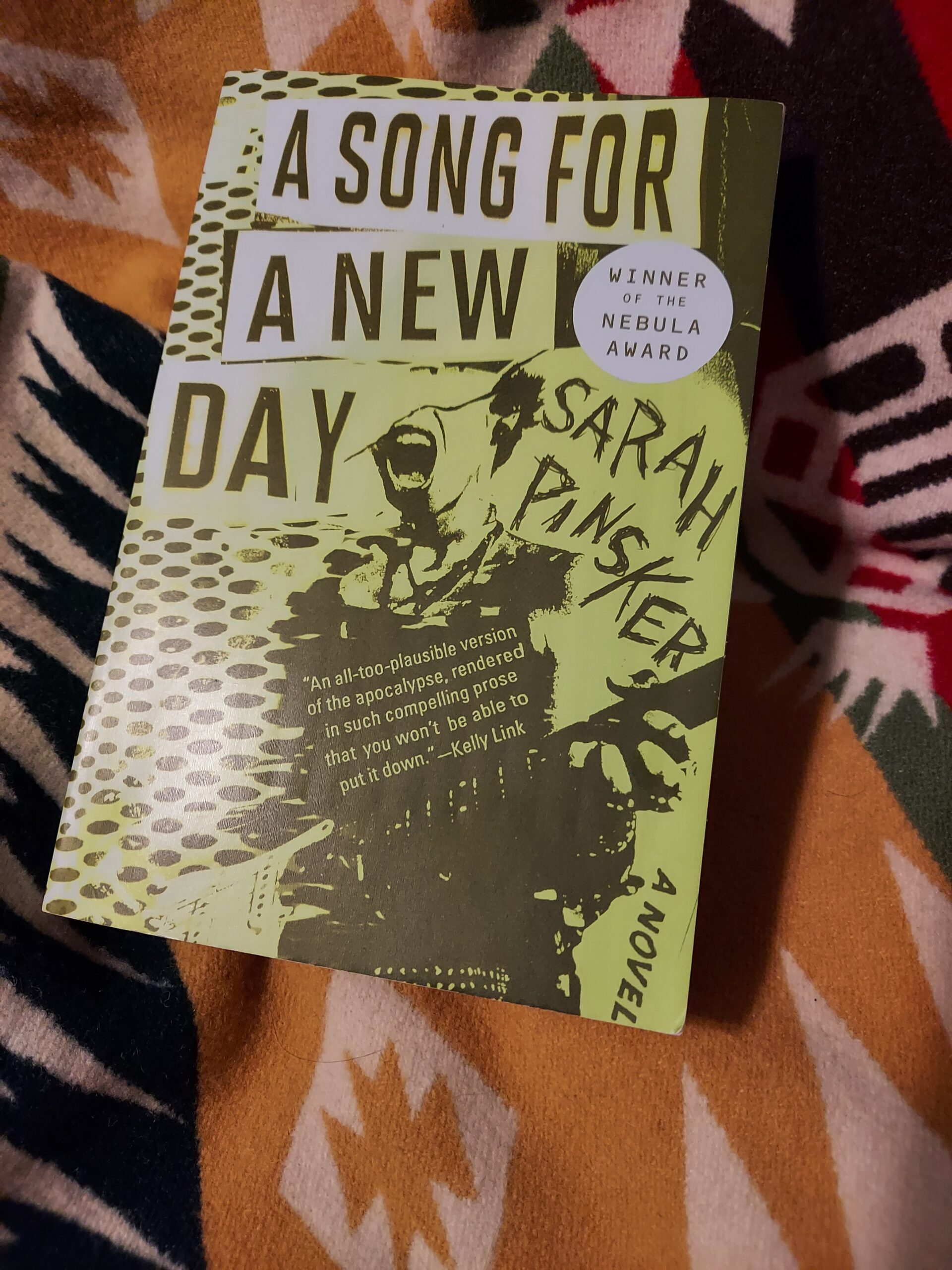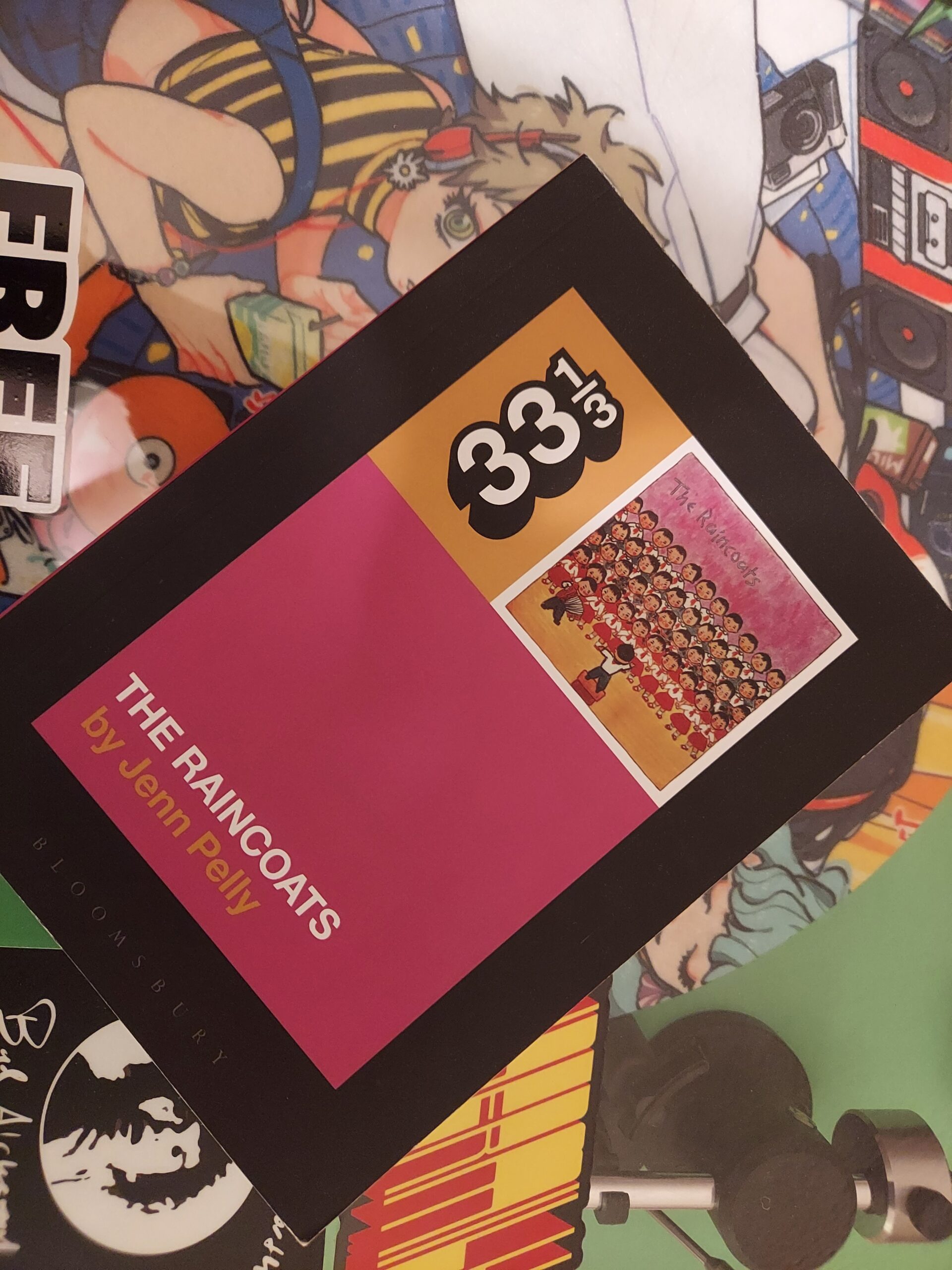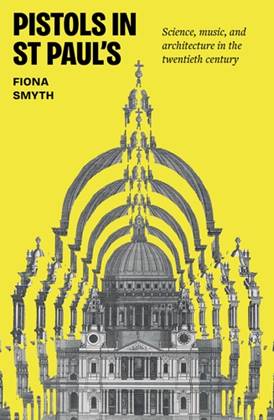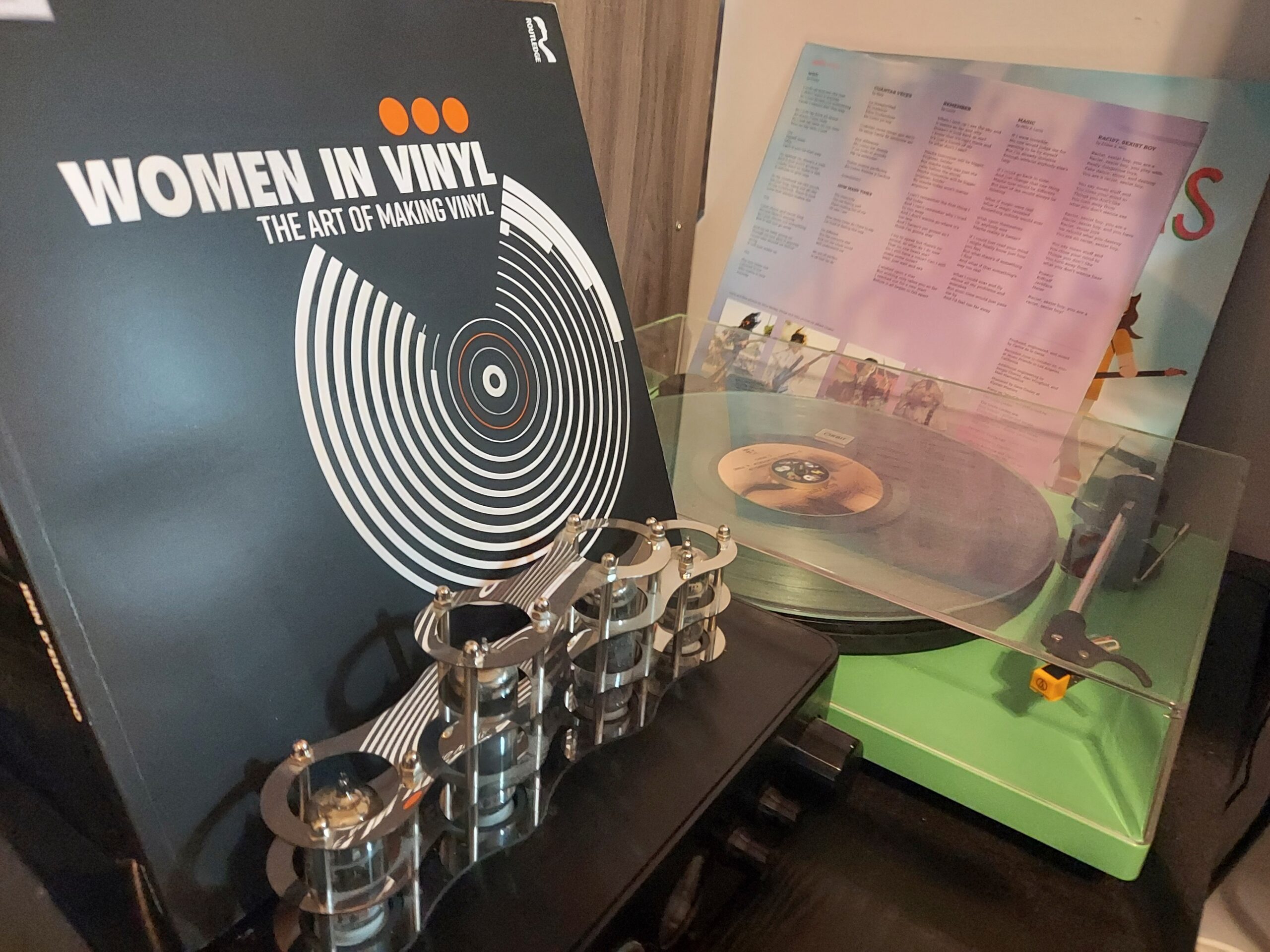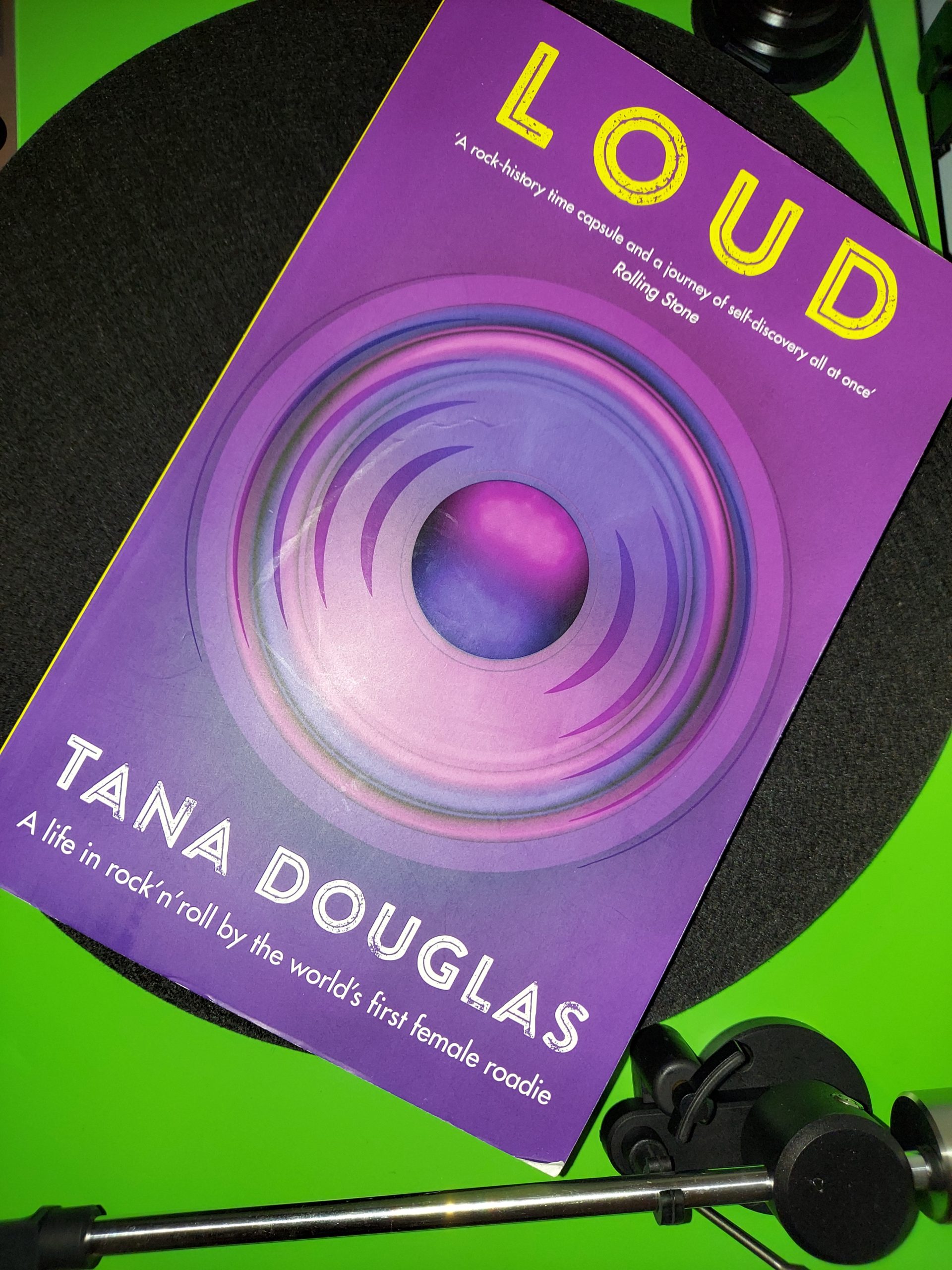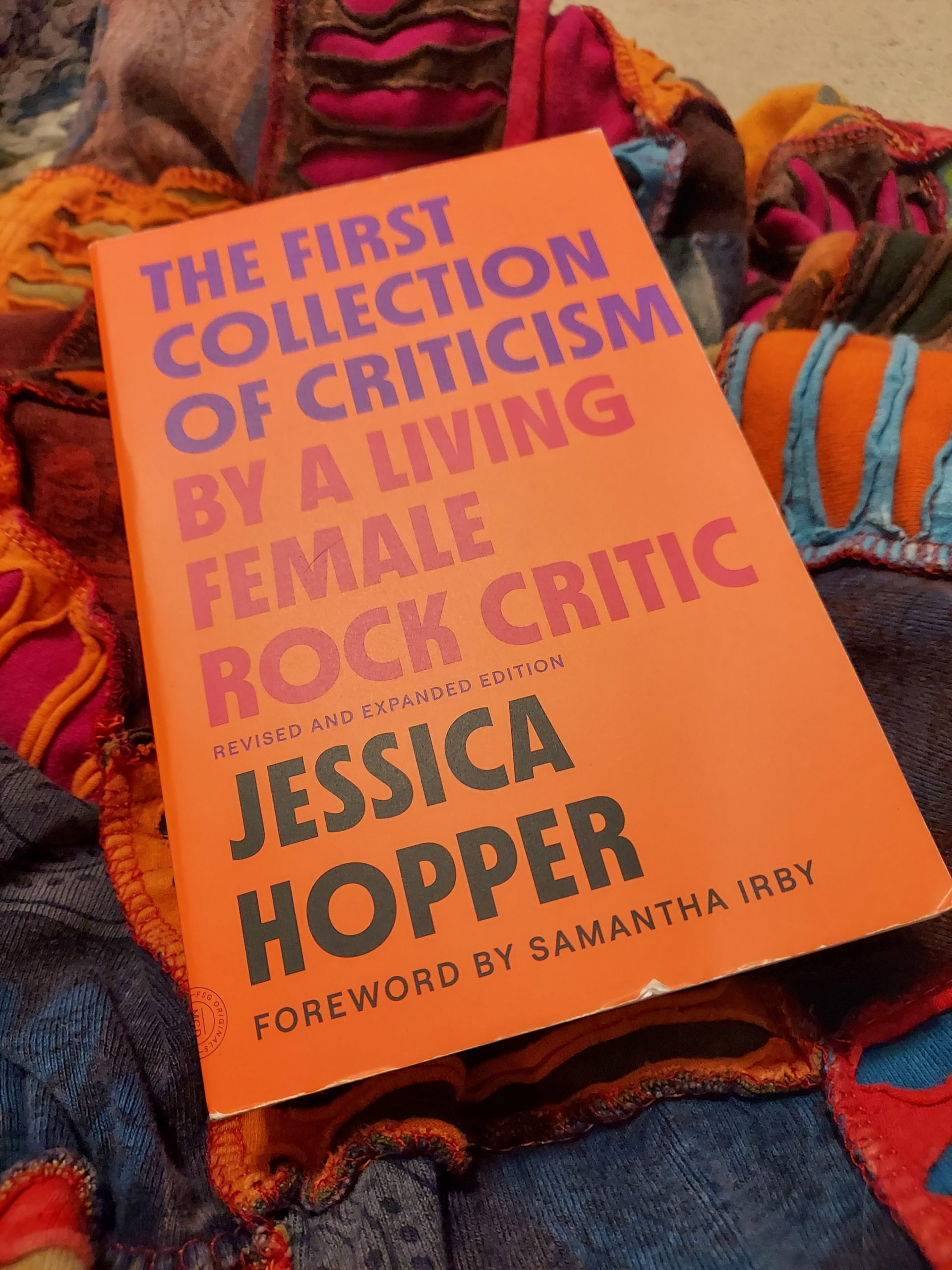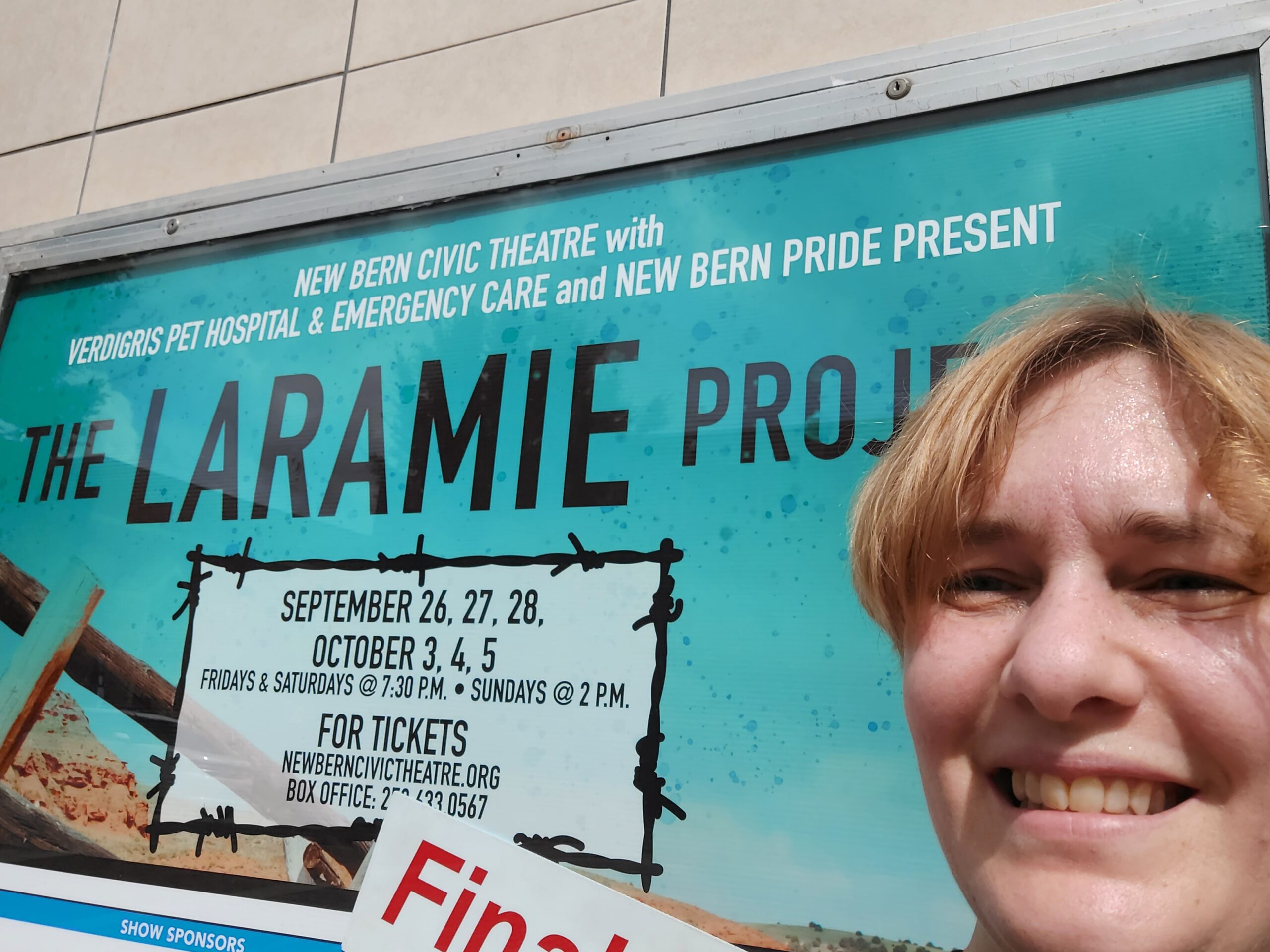
The Laramie Project
If you attended an event in early spring of 2019, there was a sense that it was the last you would see your friends. From the news reports on COVID and many towns passing policies on public gatherings, it felt like a time of change. September of 2025 felt the same way. The violence and the negative repercussions to any statement with certain ideologies feels more akin to a Black Mirror episode than what life should be like. It is still too early to tell what changes will happen to public discourse and diversity of thought, but the floor is covered in delicate eggshells.
In that same September 2025, I was fortunate enough to work on a local production of The Laramie Project, a docu-play of Laramie, Wyoming following the death of Matthew Shepard. As with most community theatres, New Bern Civic Theatre (NBCT) plans their yearly schedule one to two years in advance. Therefore they had no way of knowing how poignant the themes of hate crimes, stochastic violence, and religion would be to the present. The Laramie Project was created as its subject matter was occurring in 1998 and 1999, and it is staged to resemble a documentary to emphasize the reality of its content. The minimal cast plays multiple roles of Moisés Kaufman, the Tectonic Theatre Project, and the citizens of Laramie, Wyoming. Actors stay on stage, changing costumes to show the change in characters, and the overall design is made to focus on the spoken word, rather than spectacle. In addition, there are news reports, re-enactments, and courtroom scenes that break up the monologues and interviews. This is not an easy play to watch, especially when you are working on the light board, and must sit through multiple viewings of weighty emotions and hate speech. It was all I could do to keep silent night after night, and I always had a box of tissues handy.
It is odd enough that a rural North Carolina town would stage such a play, not only for the politics, but for the three-act length, and the fact that straight dramatic plays are dry to a casual tourist town. In fact, the next play in the schedule was Monty Python’s Spamalot and it was already sold out during The Laramie Project’s run. The director of NBCT’s production, Siobhan Brewer, knew this was a dream project and that every chance to bring this play to the different corners of rural America was critical. I felt that the stars aligned for Brewer and made it a perfect production. The cast and crew had a diverse collection of allies and folk from across the LGBTQ+ spectrum. There was a deep emotional connection to the material that enhanced every performance. Additionally one cast member had direct ties to the Matthew Shepard case and to Laramie. On the first Sunday matinee, there was a post-showing discussion with a correctional officer who was in Wyoming in 1998.
Each showing filled about half the seats, however the audience was ready to learn and be changed by the show. The reviews were reflective and avoided the superlatives that a more entertaining production would earn. Surprisingly the only disruptions were an occasional snorer, and not any of the vocal conservative activists who reside in the area. To give you an idea of the climate of rural Eastern North Carolina, there are several town hall regulars who decry the “lack of bibles” in school libraries, and the Gadsden flag decorates many lawns. My theory on how this production slipped under the radar was that the local pride organization had sponsored the show. Therefore, only those who were interested in supporting New Bern Pride attended the show. Secondly, The Laramie Project and Matthew Shepard are not in the forefront of today’s news. Matthew Shepard’s story is not on any of the major banned book lists in recent years, and Laramie has been quietly out of the news for many years. With these lessons in mind, other theatres who want to support their communities can do so without drawing the ire of violent detractors. It is what brings me hope. H-O-P-E, hope.
